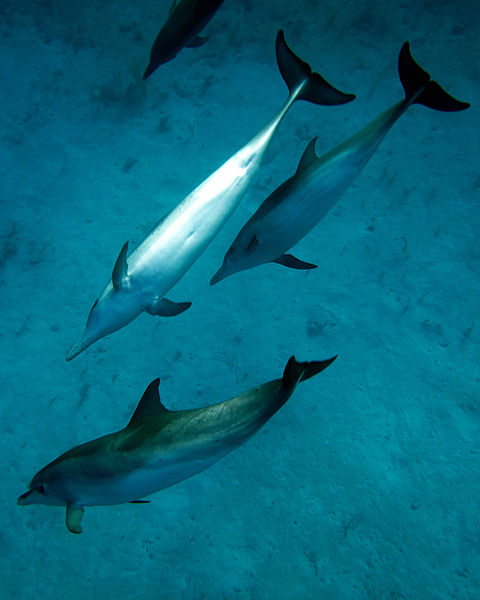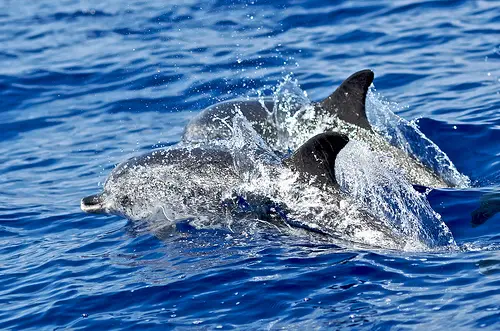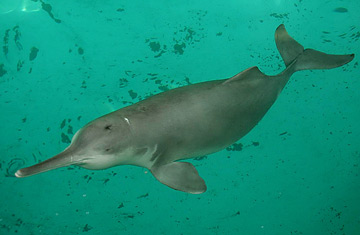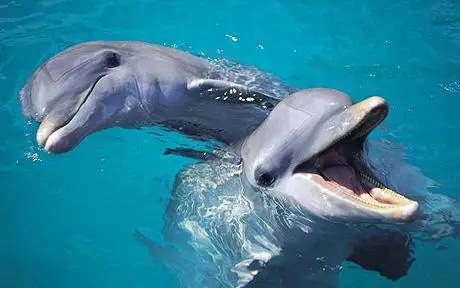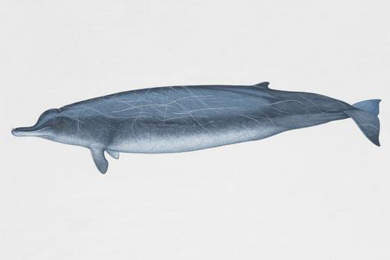Atlantic Spotted Dolphin
Stenella frontalis, or commonly known as the Atlantic Spotted Dolphin is a group of marine mammals that are outstanding in their communication, applying many types of earsplitting clicks and shrills to be in touch with each other when traveling in groups of about 50 individuals, which typically possess a hierarchy organization based on age, gender and size.
They are also acknowledged to be able to be in motion around other species of dolphins, such as the bottlenose and pantropical spotted dolphins peacefully and pleasantly. However, towards humans they can be very hesitant. Nonetheless, they have been known to visit people, for instance in the Bahamas, becoming one of the major attractions for tourists there, where they had grown in number from just eighty animals 20 years ago to around 200 at the moment.
The Atlantic Spotted dolphins can indeed be found in the tropical and temperate areas of the North Atlantic’s Gulf Stream and the Gulf of Mexico, from Florida to Azores and Spain in Europe, as well as southerly as Brazil and West Africa, with some migrate yearly whilst others travel big distances every day, having an estimated total population of about 100,000.
In appearance they can be middle-sized between 2.2 meters and 2.5 meters in full length, and 130-140 kilogrammes in weight. The females can be longer but lighter and smaller, and babies between only 90 to 110 centimeters in size at birth.
They are very protecting of their calves, even helping each other in caring for their young and doing their best to shelter pregnant females from enemies, with the reproductive period for them estimated at eleven months.
At birth, calves are usually entirely grey without any spots, but those appear within one year as their mothers begin to wean them off, progressing then into an appearance of dark spots on the belly and whites on the flanks, darker greyish on their backs and dorsal fins.
Those spots develop into more opaque as they mature, eventually spreading, making their bodies black with specks, possessing dark grey backs, lighter grey on their sides and white or cream abdomens. Older animals having special spotted coloration. Movement-wise, they can be more physically powerful than their pantropical spotted cousins, being fast swimmers and can produce impromptu acrobatic airborne shows.
The Atlantic Spotted dolphins have a tendency to search for food in groups, with a general tactic of getting their preys squeezing into a large circle, before coming on from all angles. Their diet includes a variety of small fishes and octopuses, which they hunt at night in general.
Pollution in their natural environment is one of their principal dangers, and efforts have been started to clean up those waters as well as teaching people to reduce the contamination of their habitats. Unlawful hunting by fisherman has also caused the killing of many Atlantic Spotted dolphins. This is because they intentionally reduce the animal’s numbers, as they regard these dolphins as a nuisance and hindrance in their fish catching businesses.
